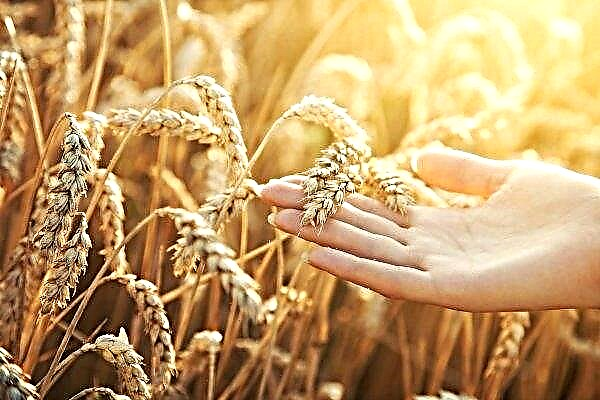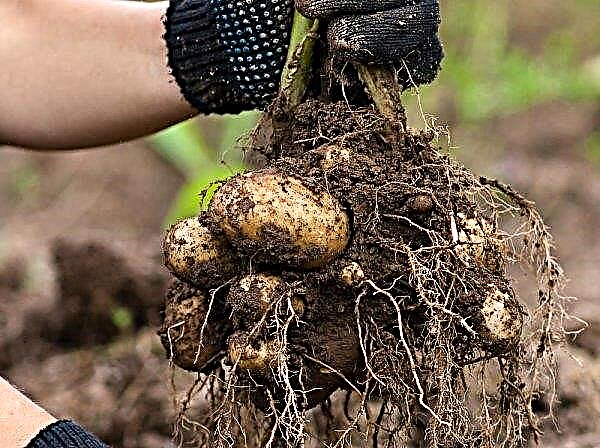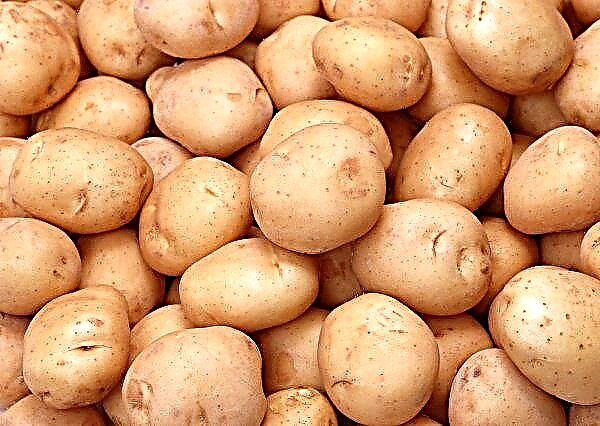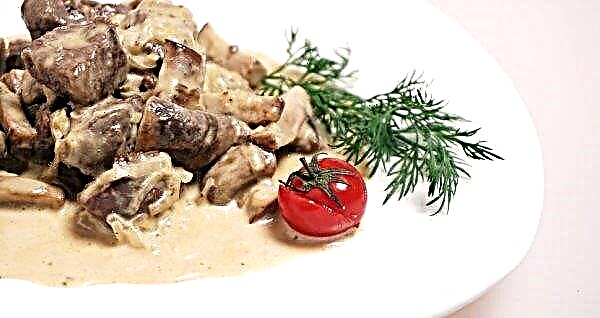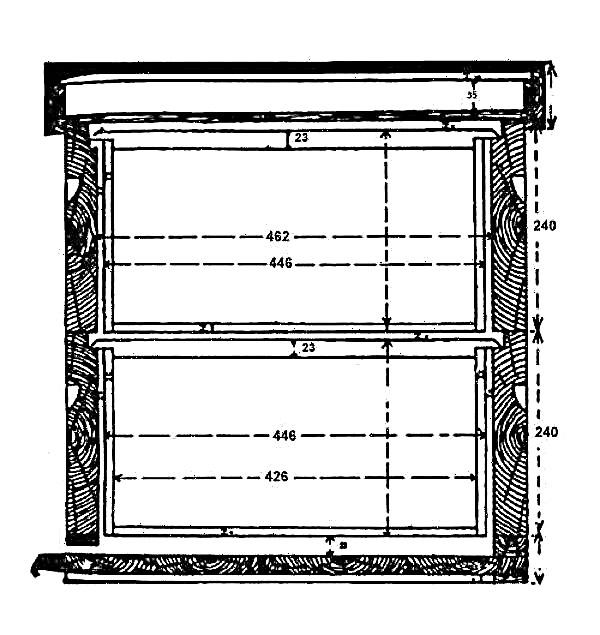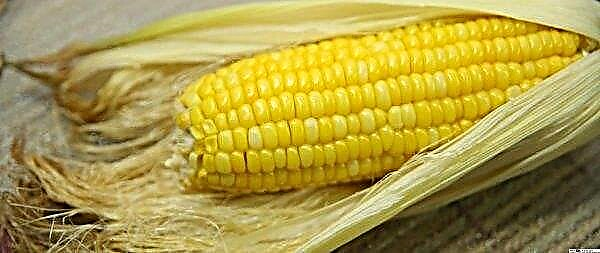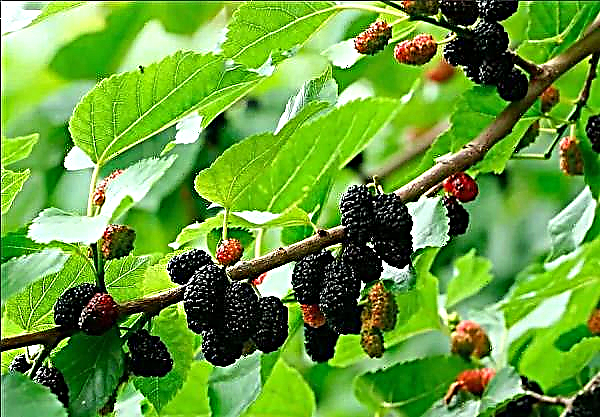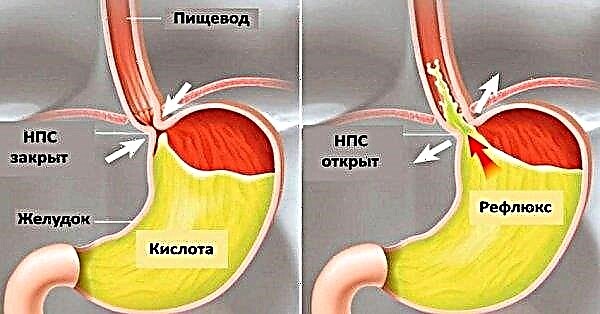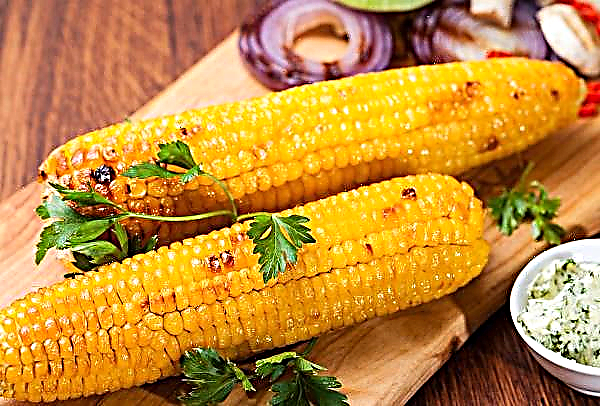Among the varieties of beets, which would be used not only in raw form, where both leaves and root vegetables are used, but also for cooking borsch, main dishes, salads, preservation, marinades, pickles, along with cabbage, sweet pepper, carrots, other vegetables, worthy the place is occupied by the Bordeaux variety 237. About it will be discussed in the article.
Description and characteristics of the Bordeaux variety
Beetroot Bordeaux 237 is a mid-table variety. It forms fruits of a round, slightly flattened shape, with a diameter of 12–15 cm, weighing 250–500 g, which are buried in the ground only to half. The pulp is dense, juicy, sugar, burgundy, sweet in taste. On the cut, it is almost uniform without pronounced banding. The skin is strong, brown. This beet variety is also called single seed due to the fact that one plant grows from one seed. A distinctive feature is the ability to produce crops several times a year in the southern regions.
Important! Grade Bordeaux 237 during heat treatment does not lose its color.
Origin and development
Variety Bordeaux 237 was created long ago, in 1937 by the Federal Scientific Center for Vegetable Production. It was entered in the state register of selection achievements of the Russian Federation in 1943.
Landing Region
Beet grows best in the southern regions of Russia, Ukraine, Belarus, Moldova, because it belongs to varieties that tolerate heat. She prefers dry, steady weather without heavy rains.
Ripening time
Depending on the growing area, Bordeaux beets 237 ripen for 65 days in warm regions and 110–115 days in cool regions. The average ripening time is 85–95 days.
Productivity
Harvesting beets yields high, subject to proper care of the plants, as well as favorable climatic conditions of cultivation. You can collect from 70 to 90 tons per hectare.
Advantages and disadvantages of the variety
- This beet variety has the following positive qualities:
- good presentation;
- stored for a long time without changing the taste and transported over long distances;
- great taste;
- immunity to major diseases;
- It tolerates dry and hot weather;
- high productivity;
- not picky about leaving;
- gives almost 100% germination.
- The disadvantages include:
- unplanned dive;
- need a large area of cultivation.
Growing Features
Growing beets Bordeaux 237 consists of timely sowing of seeds, the right place for the beds and further care of plants.
Sowing seeds in open ground
Bordeaux 237 beet seeds can be bought in the store, or you can get it yourself from the best root crops. The term of seeds should not exceed 2 years. For better germination before sowing, they can be germinated by pre-soaking in a growth stimulator.
Did you know? Initially, only beet leaves were consumed, and root crops were used for medicinal purposes.
The timing
To get the crop in the early stages, the seeds are sown in the second half of April, when the soil warms up to +9 ... + 10 ° С. This applies to the southern regions. You can sow again in June, then the vegetables will be better preserved. Shoots can withstand a temperature drop of up to -2 ° C, but with prolonged cooling, they stop growth and die. The optimum temperature for growing beets is considered to be + 22 ° C.

Seat selection and crop rotation
A very important point in the cultivation of beets is the right place for sowing.
The main requirements for it are as follows:
- at the same place Bordeaux 237 beets can be sown no more than 4 times in a row;
- grows well after potatoes, tomatoes, cucumbers;
- can not be sown after beets and cabbage;
- the place should be well-lit and warmed by the sun, without shading, without drafts and isolated from the wind;
- the soil should be loose and light, with a neutral level of acidity;
- deep groundwater is recommended.
Important! Before sowing seeds into the ground, it is necessary to dig and fertilize it deeply in the fall, and add dolomite flour to reduce acidity.
The scheme and depth of crops
Sowing Bordeaux 237 is as follows:
- on the bed make furrows 3-4 cm deep;
- seeds are sown in the cavities at a distance of 6-8 cm from each other;
- between the furrows leave a distance of 25-30 cm;
- Furrows are sprinkled on top of the ground and watered with water from a watering can.
Further care
Further care for sprouted beet sprouts includes regular watering, top dressing, loosening and weeding the soil, as well as pest and disease control.
Video: Bordeaux Beetroot
Watering
During extreme heat and drought, young plants require daily watering. Adults need to be moistened once a week. But excessive wetting of the earth can lead to cracking of root crops. It is undesirable to water the beets in the hot season, as its leaves will get burned. This is best done in the evening or early morning.
Fertilizer application
The key to good germination and a high yield is the correct application of fertilizers.
It is carried out several times per season, namely:
- first dressing takes place during leaf formation, after thinning using complex fertilizers, such as a mixture of 30 g of ammonium nitrate, 30 g of superphosphate, 30 g of potassium sulfate, 10 l of water or 1 part liquid mullein per 10 parts water;
- second introduced during the formation of the fruit. To do this, dilute 40 g of double superphosphate, 40 g of potassium sulfate in 10 l of water;
- the third consists in replenishing root crops with microelements that directly affect the taste of beets. You can use calcium nitrate (50 g per 1 m²), magnesium sulfate (5 g per 1 m²), boric acid (2.5 g per 10 liters of water).
Soil care
The soil on the bed with beets should be regularly loosened after each irrigation or rain, weed from weeds, thin out seedlings. It is not advisable to spud it.
Pest and Disease Control
The main diseases and pests of Bordeaux 237 include:
- beet fly - fly larvae damage leaves by gnawing large holes in them;

- beetroot flea - destroys the roots of the plant;

- beetroot shield - a beetle that eats seedlings and leaves of adult plants. These pests can be exterminated using the preparations “Spark double effect” (1 tablet per 10 liters of water), “Alatar” (5 ml per 10 liters of water), “Fufanon” (1 ml per 1 liter of water);

- cercosporosis - the fungus that destroys the tops, spreads well with high humidity. It is necessary to cultivate the land before sowing, to observe crop rotation, to ensure proper care of plants;

- peronosporosis - the disease that appears on the leaves, covers them with a gray coating, after which they die and fall off. You need to fight with preventive methods, adhering to crop rotation, disinfecting the soil and sowing material.

Harvesting and storage
Two weeks before the time when it will be possible to harvest, you need to stop watering so that the fruits are well stored and do not rot. Harvesting Bordeaux 237 beets from the garden is very convenient, since the root crops half protrude from the ground. This is best done in dry weather.
Did you know? The red pigments that make up beetroot can cause an allergic reaction.
The main storage requirements for root crops include:
- you need to save in a dry cellar at a temperature of from -1 ° C to + 2 ° C, which will ensure the safety of the fruits up to 5 months;
- can be stored in boxes, sprinkled with wet sand, or can be in baskets.
Over the many years of existence, Bordeaux 237 has gained a large number of supporters who prefer it because of its taste, high yield and unpretentious care.
Network user reviews
ADVANTAGES: Delicious, grows well and is stored
DISADVANTAGES: no
For several years now, in my garden I have grown only Bordeaux 237 beets. I tried various varieties, but always returned to this variety. This beetroot has been known for a long time, even when there was still no such variety of varieties, our grandmothers planted this beetroot. This variety is not whimsical, very productive. The fruits grow quite large and sweet. I plant seeds in June in the garden. Sprouts appear together from one seed several sprouts appear. Be sure to thin out them so that they do not interfere with each other. Care for the plant is simple, weed, loosen and water abundantly. Beets are very responsive to watering, but it is advisable not to overdo it. Tubers can crack due to too much watering. The vegetable is stored perfectly until spring, and sometimes until the next harvest in the cellar. A large number of dishes can be prepared with beets, salads and first courses. This and borscht and beetroot. Beetroot is a tasty and healthy vegetable. I recommend taking a closer look at the Bordeaux 237 variety, a time-tested vegetable.






